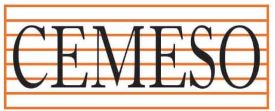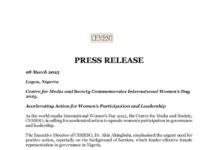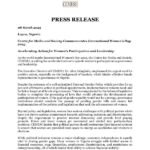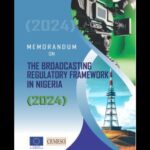The National Broadcasting Commission (NBC) (NBC) of Nigeria, on Friday, 19, 2022, revoked the licenses of 52 broadcast staions in Nigeria over what the commissioned said was their inability to pay for their operational license fees.
The commission which relied on section 10 (a) of the NBC Act, said it had, in May 2022, given the affected stations “two weeks to renew their licenses and pay their debts or consider their licenses revoked.”
However on August 19, 2022, the broadcast regulator made good its threat when it ordered the affected stations to shut down operaions within 24hrs.
IMS Data Lab did a disaggregation of the revoked licenses into detailed sub-categories inorder to establish the scope and imapct of the revocation across key variables such as ownership, nature and type of broadcast staions, and location or region.
Below are the findings
- Location/Region: IMS Data Lab disaggregation shows that the most affected region in the license revocation is the South-West which accounts for a cumulative 51.38%. Specifically the region accounts for 22.22 telvision and 29.16% radio stations which licenses were revoked. This is follwed by the South-South region which accounts for 36.11%. Radio accounts for 25% while televison accounts for 11.11%.The North-West accounts for 34.82% with television taking the large chunk of 22.22% and radio accounting for 12.6%. The North-Central on its part accounts for 27.78% with radio claiming 16.67%. North-East recorded 17.36% with television and others 11.11%. The South-East region however accounts for 11.58 with television recording 7.41%, and radio 4.17%.
- Ownership: A disaggregation of the ownership of the stations affected shows that while state government owns 84% of the television stations affected compared to private ownership of 16%; private radio stations however accounts for 54.35% of the stations affected when compared to 45.65% government ownership.
- Nature and Type of Broadcast Stations affected: A disaggregation of the affected stationsshows shows that 88.89% of radio stations affected are Terrestrial stations, 4.44% online and 6.67% accounts for network radio stations. However 75% of television stations affected are terrestrial stations, 16.67% cable/online stations, while network stations account for 8.33%.
- Disaggregation of total number of Broadcast Stations: A breakdown indicates that while radio stations accounts for 65%, television stations recorded 30%. A further disaggregation however shows that cable/online streaming stations accounts for 5%.
-

















